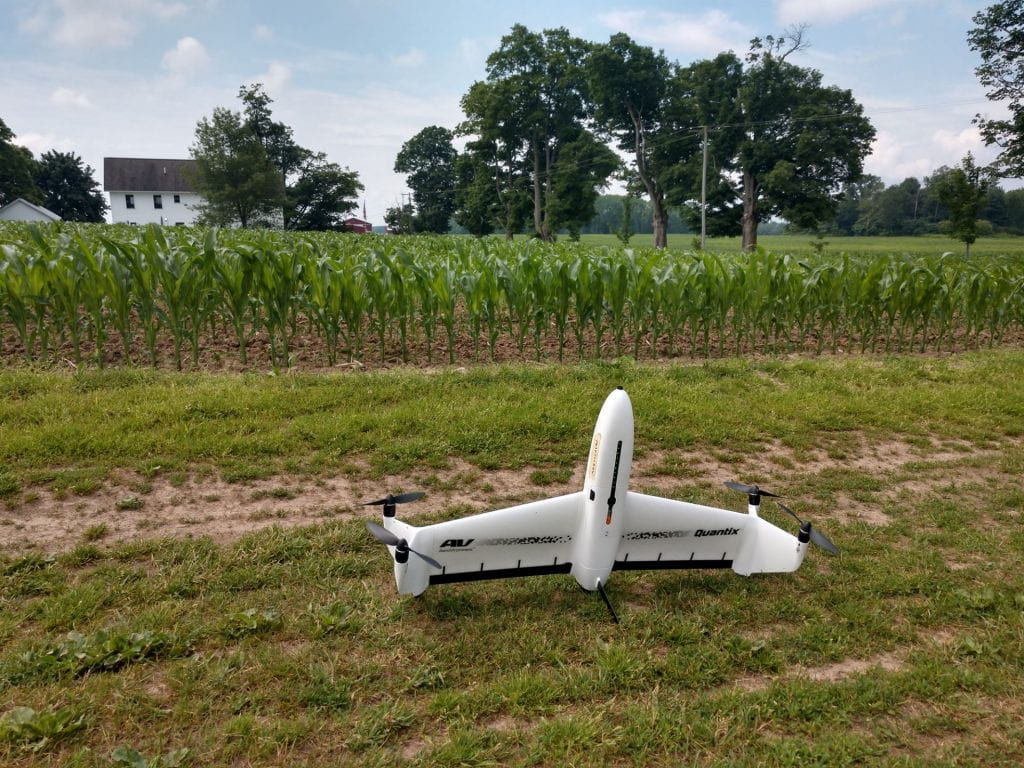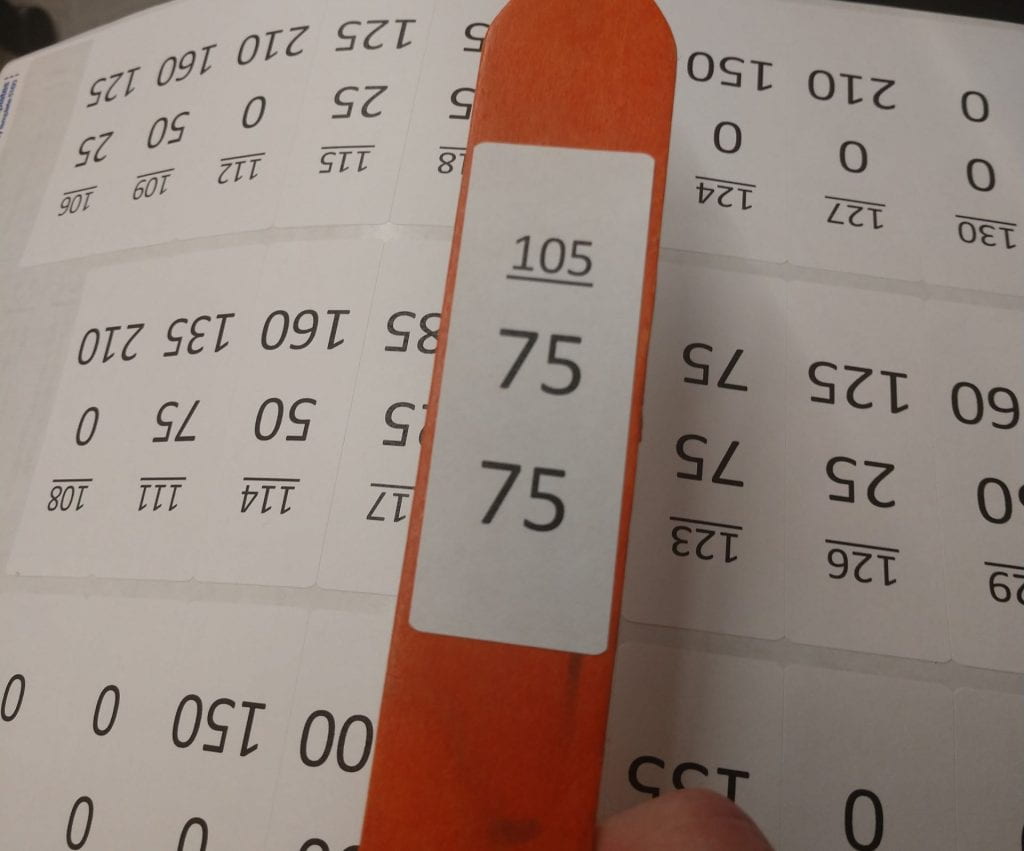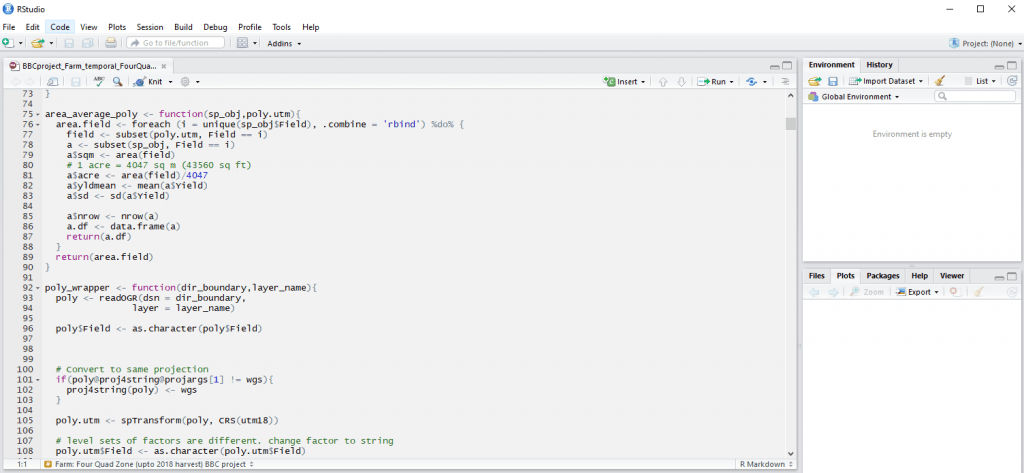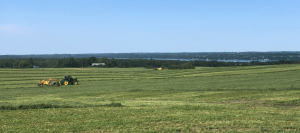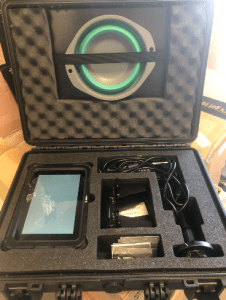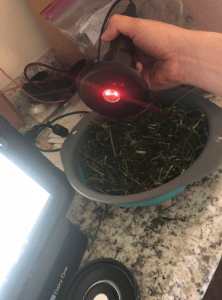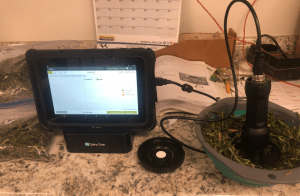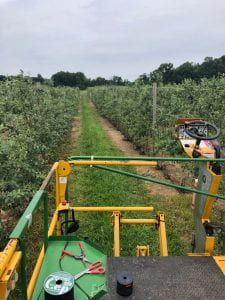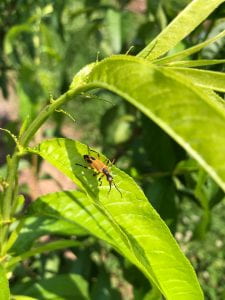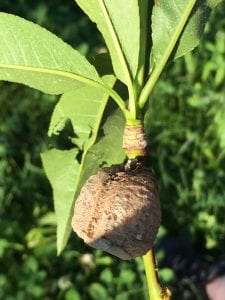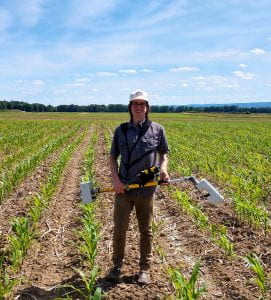This week was very exciting! I continued working with R and several yield cleaning projects, but also got to join Greg for a couple of rounds of field work. This meant getting to see two of NMSP’s drones complete NDVI scans of corn fields. NDVI scans are able to measure the vigor of plants in the field, either to estimate yield or to help farmers more accurately place sidedress fertilizer. The latter seems very interesting but also very challenging. NDVI works on a scale of 0 to 1, with 1 being very green and 0 being not green at all.
The greener sections of the field are assumed to not be nitrogen deficient, and the less green sections are given extra nitrogen to address lower vigor. However, lower vigor could also be due to other factors like a wet spot in the field or a deficiency of nutrients other than nitrogen. As precision ag technology continues to evolve, it will be cool to see how companies and farmers address these issues. Looking for patterns in individual leaves is one solution, but it would require very high resolution cameras and advanced imagery technology. I will be excited to learn more about this quickly moving ag sector as the summer goes on!

